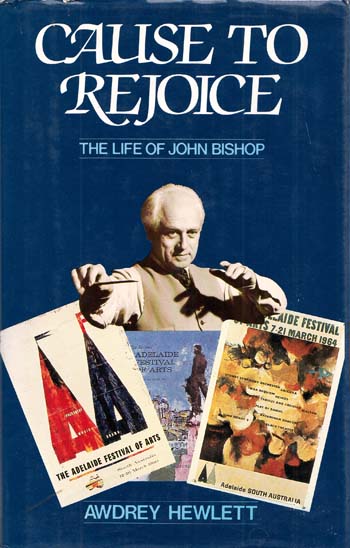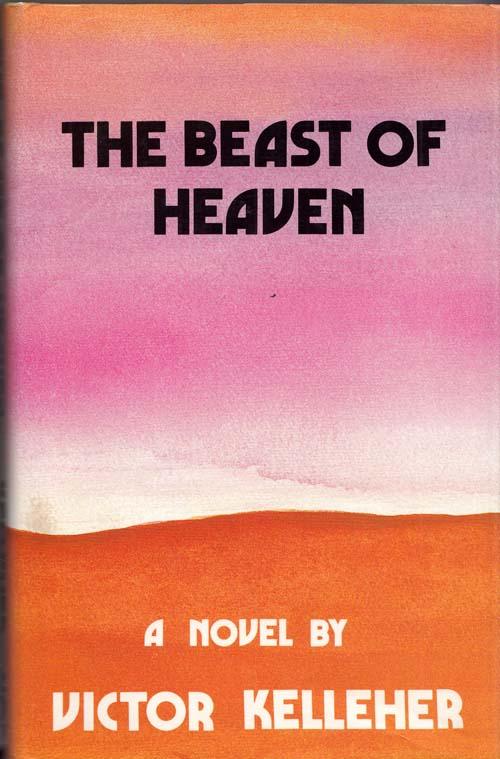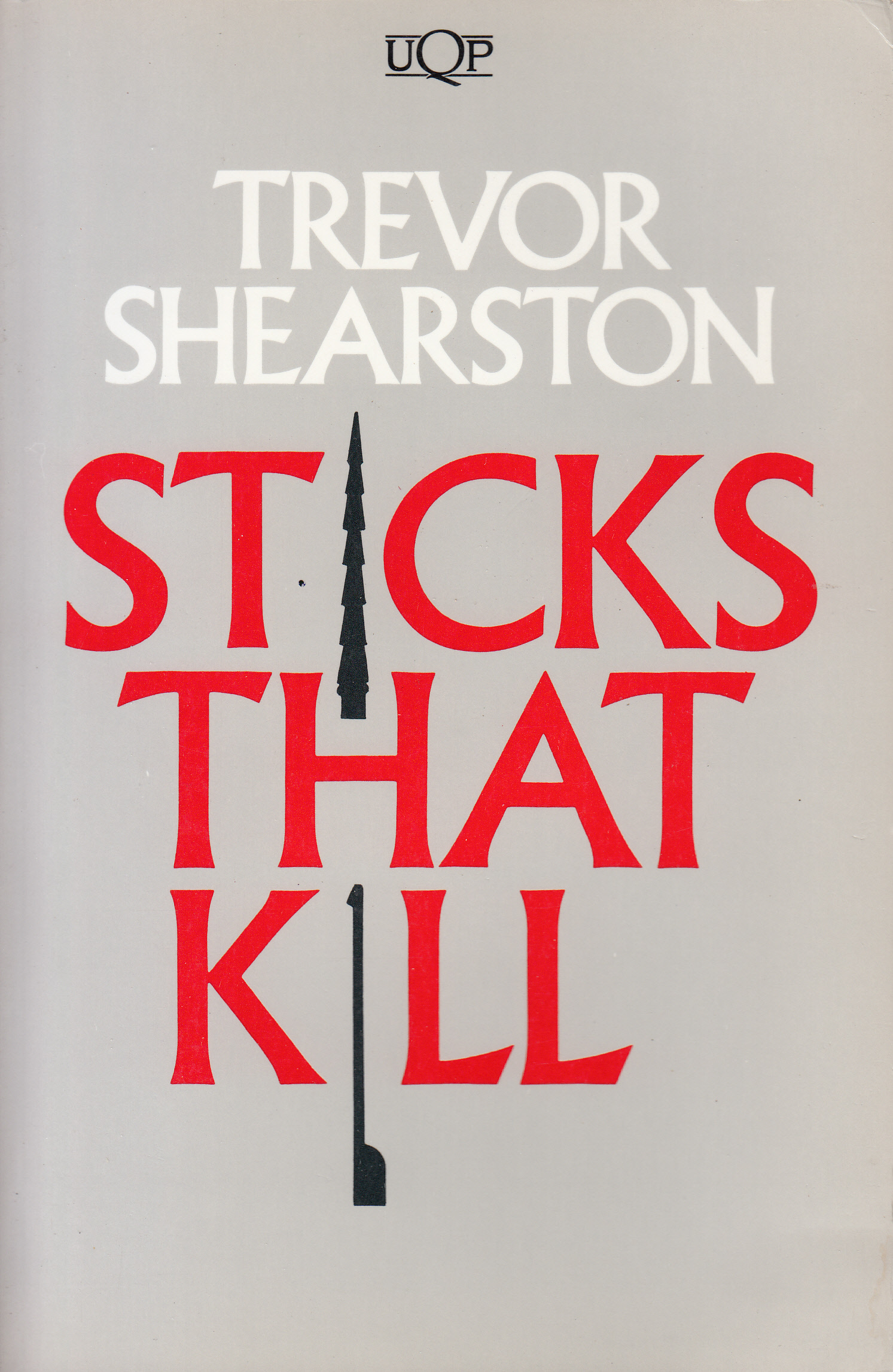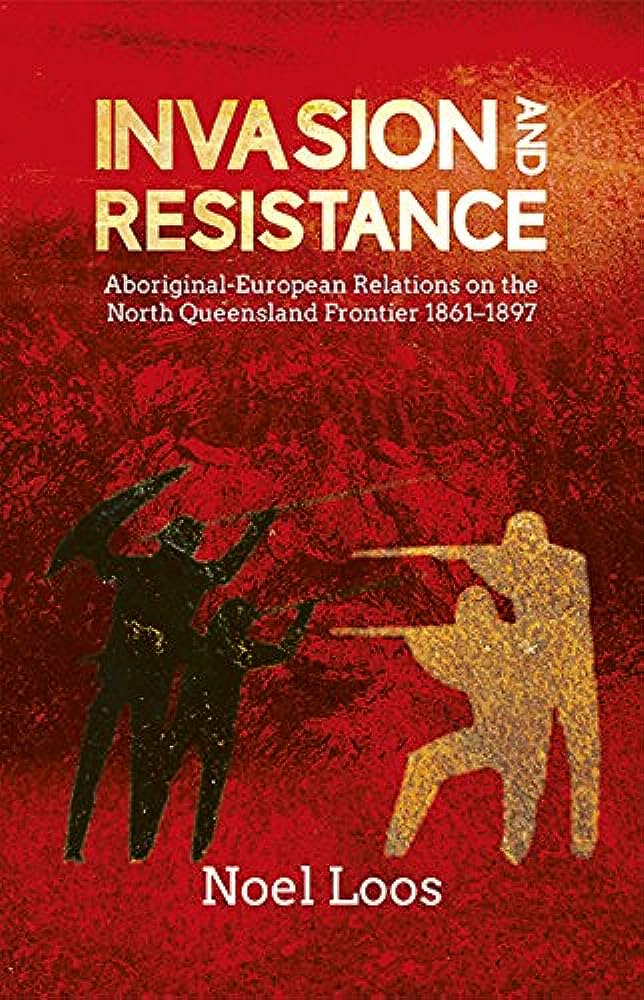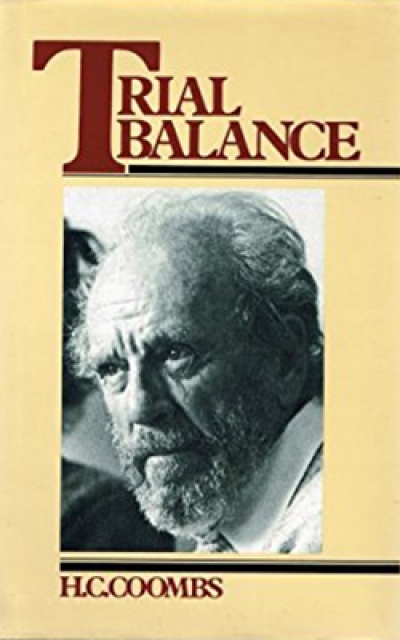Non Fiction
Cause to Rejoice by Audrey Hewlett & Playing for Australia by Charles Buttrose
There is a long tradition in Australian music publishing that only the worst will do. In the era of long-winded and Latinised Victorian histories and reminiscences of old colonists, the music sector easily bested the rest for pontification and inaccuracy. In the thirties, when even journalistic standards were at an all-time local low, the few music histories and biographies that managed to find their way into print, often via the vanity presses, were tediously pedantic. The forties actually improved on matters, due to war-time isolation and a new awareness of music as propaganda; but the fifties produced the most conservative of demi-books, their authors still mentally located somewhere on their knees before a middle European iconostasis that concealed, artistically, a good deal of ritualised nonsense in the name of cultural superiority.
... (read more)Which Way is Up?: Essays on class, sex, and culture by R.W. Connell
R.W. Connell is unquestionably the most intellectually ambitious Australian socialist. To call him a prodigious synthesiser is an insult, yet his mind is hospitable to an amazing variety of theoretical influences and thoroughly digested bodies of empirical data. Since his seminal essay ‘Images of Australia’(l968) he has set out to upgrade radically Australian sociology. While his assumptions are often contested, and his achievements are sometimes regarded as trite or tautologous, there is no doubt that he has originated the most consistent and theoretically sophisticated analysis of Australian society.
... (read more)The dawn and the evening of the world, alike, are seeding-grounds of myth and archetype: the distant past, when chthonic Ancestors are imagined to have emerged from a landscape of rocks and dust – the post-holocaust world of the future, where a landscape of rocks and dust is imagined to have emerged as fruit of hidden and poisonous seeds within the human psyche.
... (read more)On April 8 1901 the LMS missionary James Chalmers was eaten by Goaribari villagers in the Gulf of Papua. The cannibalistic nature of Holy Communion notwithstanding, the Christian administrators of British New Guinea conducted several punitive raids against the offending gourmets during the next three years. In consequence there were a lot of people killed by arrows and guns, a Royal Commission of Inquiry, and a suicide. The suicide was that of Judge Christopher Robinson, the first Australian to act as Administrator in New Guinea. With a revolver he blew his brains out at the base of the government flagpole in Port Moresby on June 20 1904.
... (read more)Teacher Learning edited by Gwyneth Dow & Melbourne Studies in Education 1982 edited by Stephen Murray-Smith
Gwyneth Dow has edited a collection of essays that forms a relevant and coherent whole. The authors seek to salvage what they see as ‘the good things’ in education reform of the late sixties and early seventies, reform that had weaknesses which were the result of ‘faulty thinking, poor social analysis, romantic psychological theories, slip-shod pedagogy’. The contributors to this book are Rory Barnes, Gwyneth Dow, Rod Foster, Noel P. Gough, Bill Hannan, and Doug White. Gwyneth Dow points out they do not all share the same ideological positions, but they are clearly in fundamental agreement about curriculum reform, a more democratic approach to teaching and to the running of schools, and a more socially aware view of teaching and teacher education.
... (read more)Invasion and Resistance: Aboriginal-European relations on the North Queensland Frontier 1861–1897 by Noel Loos
A common theme unites the five books reviewed here: the effects on Aboriginals of European and Asian settlement in Australia, and the position of Aboriginals in the society that has developed from that settlement. The work of historians, a political scientist and anthropologists, the writings reflect changes in Australian historiography and anthropology. Reece (1979) recently made a plea on behalf of Australian historiography for more to be done by black and white historians to eradicate the tradition that Australian history was a white history beginning with Captain Cook. A parallel plea has been made to anthropologists in Langton’s (1981) criticism of anthropologists for concentrating their research efforts on remote communities. The work of Aboriginal historians is not represented here, but two of these books are indicative of the quantum leap in the quantity and quality of writing an Aboriginal history. Although anthropology is slow to change, a glance through recent bibliographies published by the Australian Institute of Aboriginal Studies reveals an increase in the proportion of social anthropological publications on Aboriginal society outside the more remote areas. That trend appears in the content of the volume edited by Howard.
... (read more)Beatrice and Sydney Webb are still alive, though failing. At least, that is the impression one gets from these five pamphlets, which mark the resurrection of the Victorian Fabian Society since 1980, after temporarily shaking off the mortal after coil.
... (read more)Scarcely a week passes without reference in the media to Aboriginal land rights. The tone of the reporting varies from the outraged indignation of those who see their rights to exploit and control land being curtailed, through eloquent pleas for simple justice, to forceful demands for the return of land which was illegally acquired. Comment is not confined to Australia: the rights of indigenous peoples are matters for comment in international forums such as the United Nations and the World Council for Indigenous Peoples. Yet despite this coverage ignorance, prejudice and paternalism abound. For this reason, a comprehensive volume on land rights Australia-wide is welcome.
... (read more)Xavier Herbert is probably the most enigmatic of Australian writers, but there is nothing enigmatic about Laurie Clancy’s treatment of the man and his works in Twayne’s World Authors Series. This is the best assessment of Herbert since Vincent Buckley’s article ‘Capricornia’ (Meanjin, 19, 1960) forced critics to take Herbert seriously as a writer of stature and an experimentalist with the form of the novel, and since Harry Heseltine’s Xavier Herbert (OUP, 1973) drew attention to what Heseltine saw as the ‘deep motive’ of Herbert’s writing in the works that preceded Poor Fellow My Country.
... (read more)In the Australian administrative tradition, Dr H.C. Coombs is a remarkable survivor, a maximalist and an innovator, not least in his· preparedness to write in public. The key figure in the Post-War Reconstruction brains trust which flourished under Curtin, Chifley and Dedman in the 1940s, he became Governor of the Commonwealth and then the Reserve Bank for twenty years and then entered a new creative phase in the post-Menzies and the Whitlam years.
... (read more)

